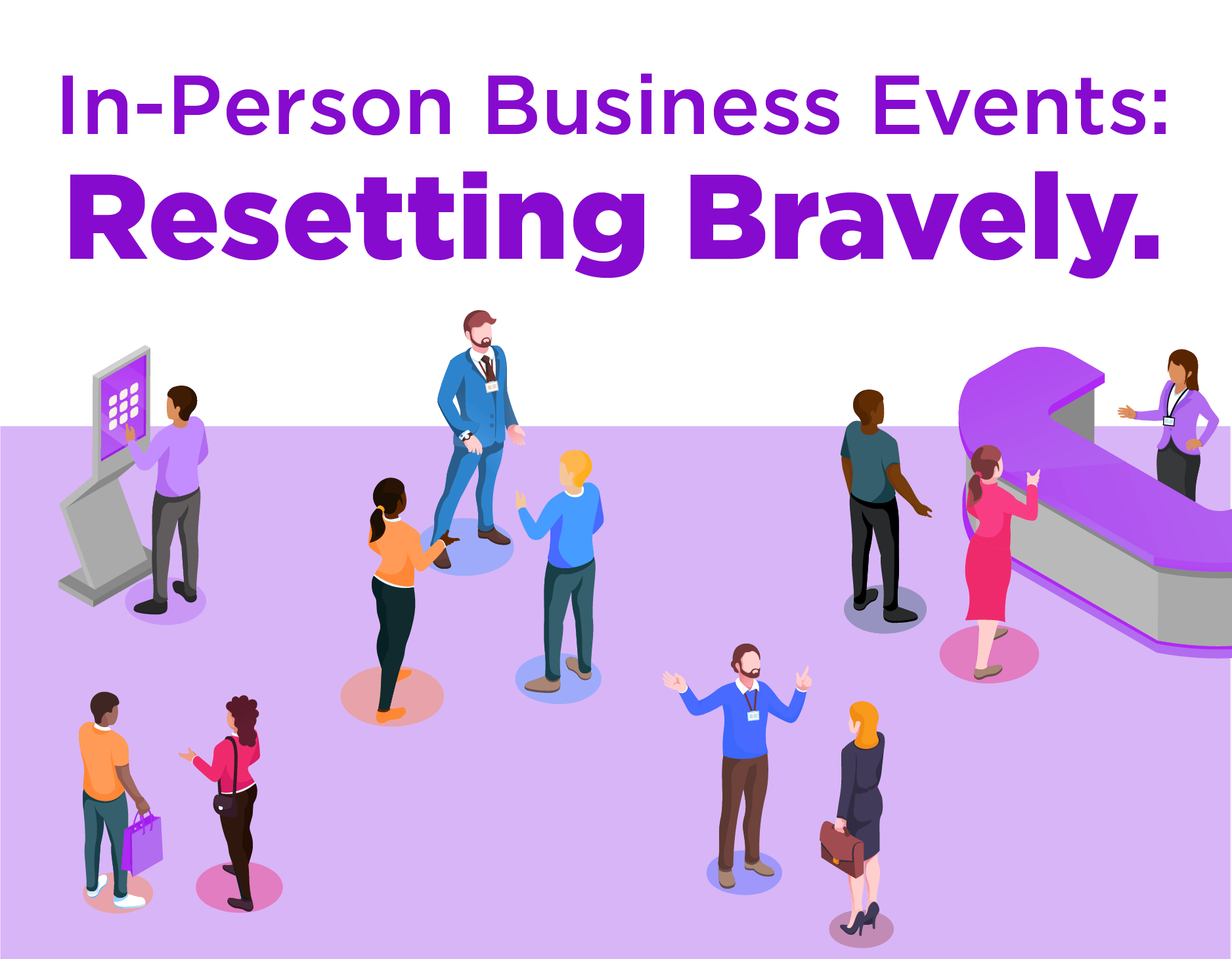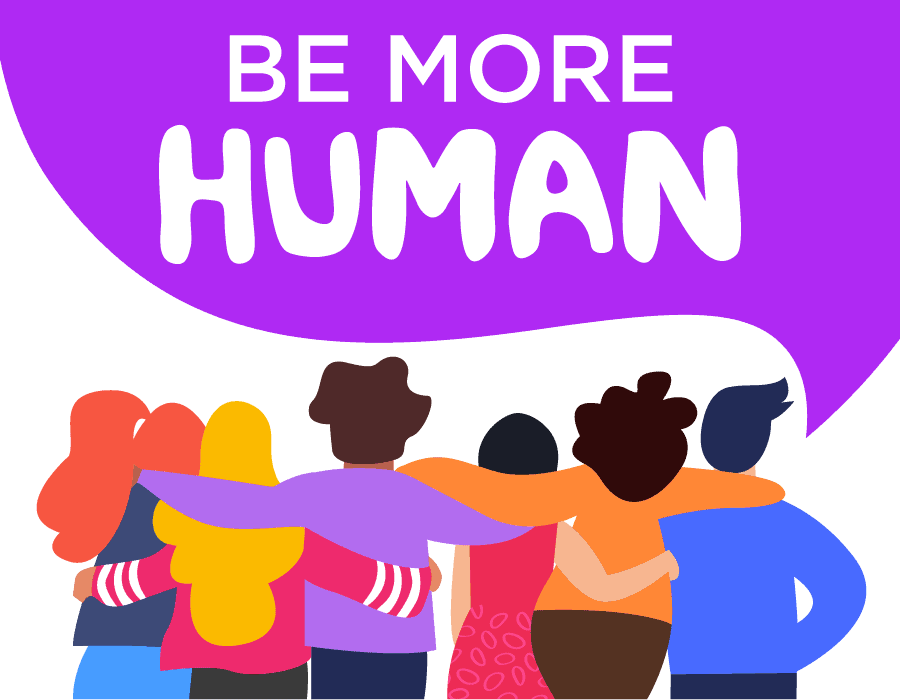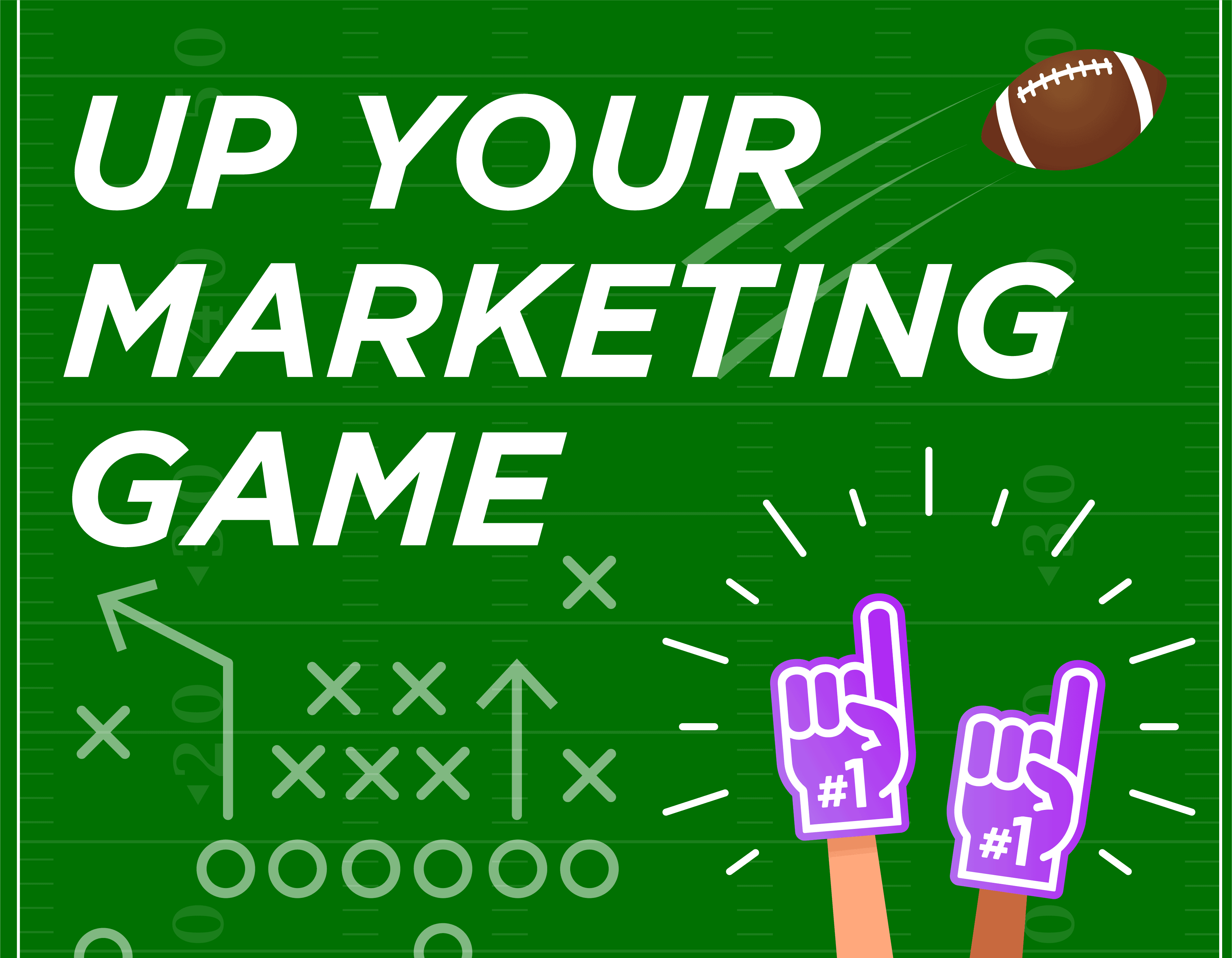What is Successful Engagement Marketing?
Nike’s Latest Campaign “Toughest Athlete—Mothers” Moves Like Aristotle.
Aristotle was a famous Greek philosopher and may be one of history’s pioneers in today’s marketing. This is a “back to the future” article about engagement marketing from a grandmaster in persuasion finishing with a TV ad from Nike. Feel free to watch the Nike Ad video at the bottom and come back to the top for the frameworks.
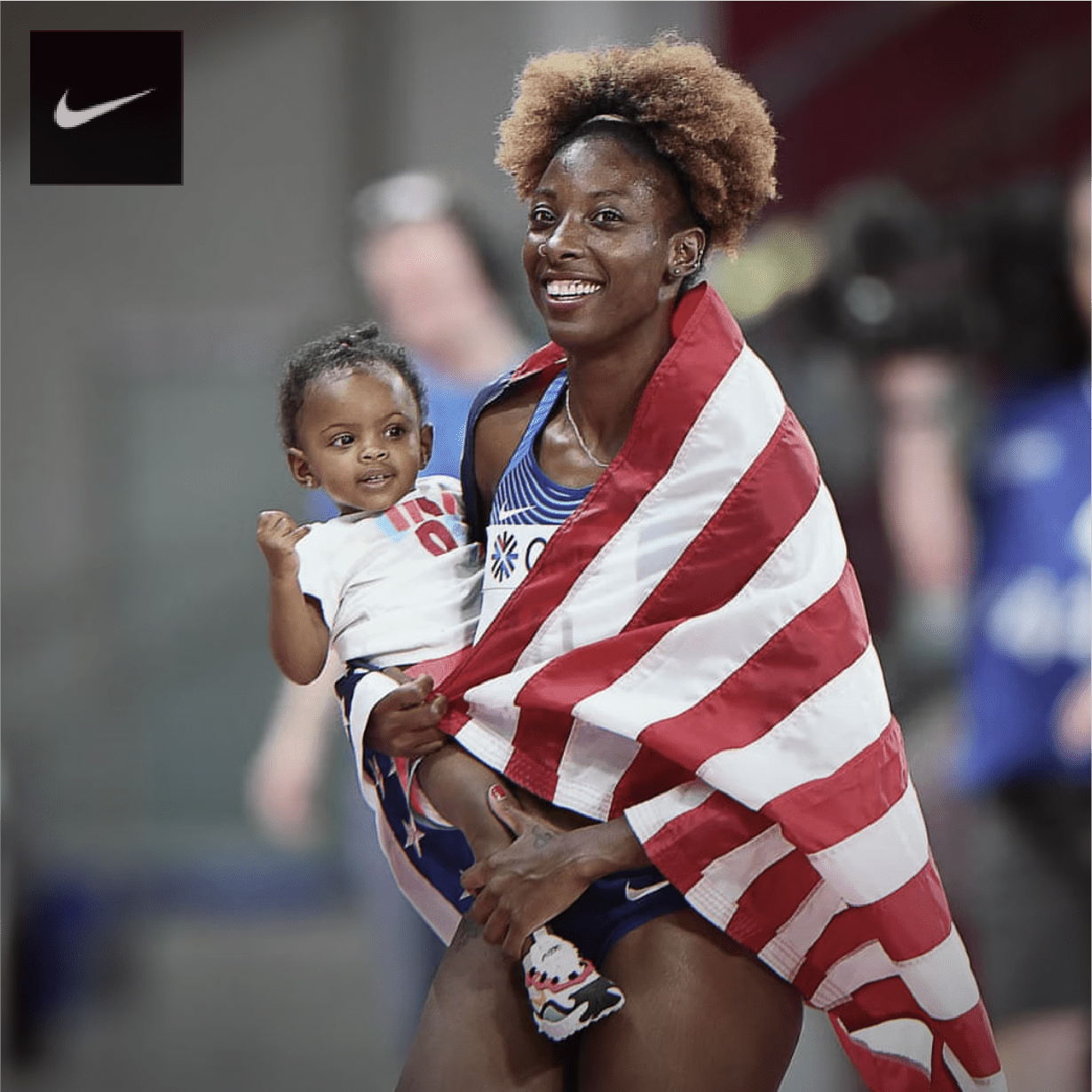
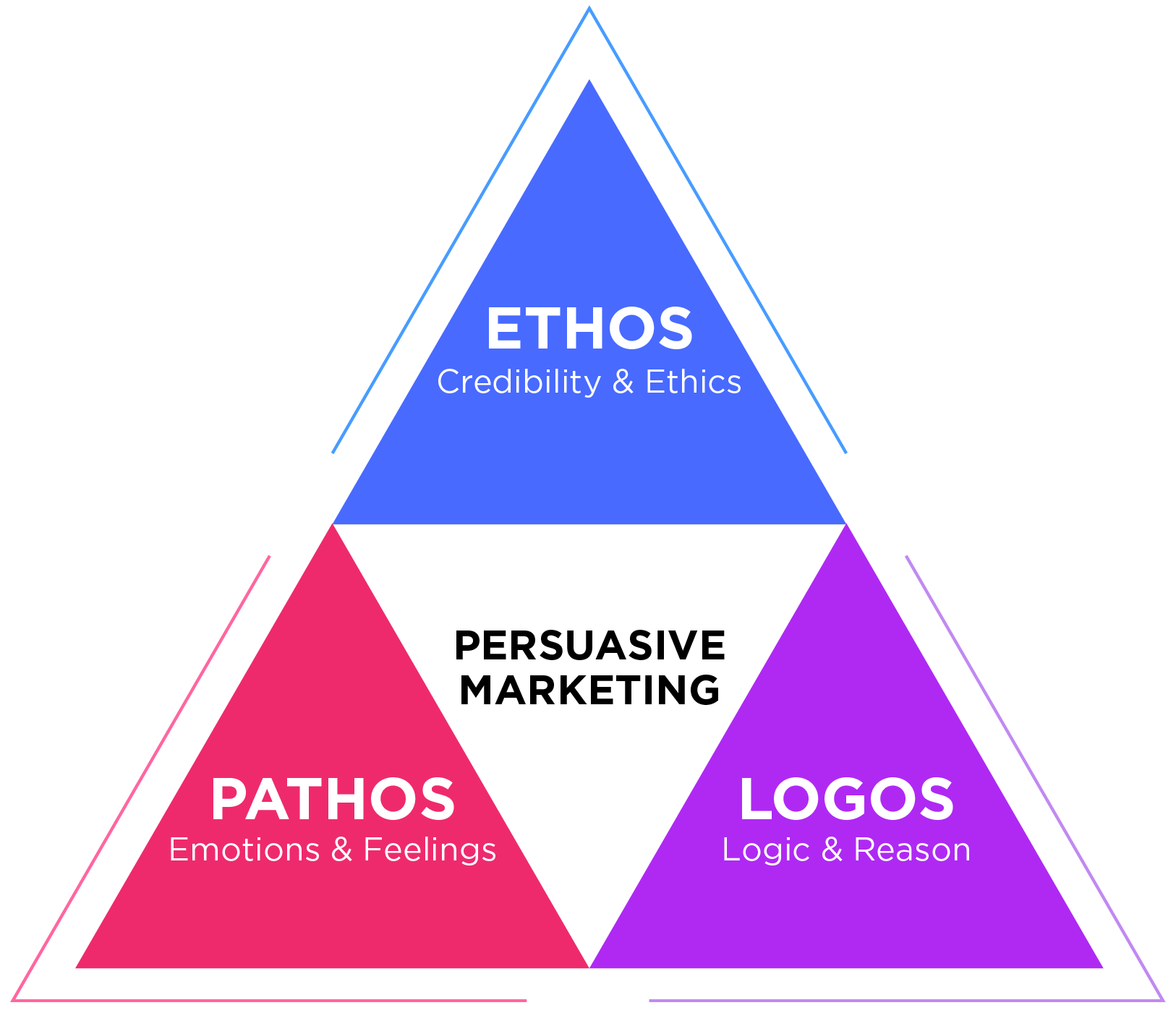

Emotions move people and create engagement.
In order to create brand loyalty with your customers, they need to be involved in meaningful interactions with your brand. This means something beyond a purchase decision. Your organization needs your audience to feel connected and engaged with your brand. But how do you accomplish this?
2 words: engagement marketing.
The word “engagement” is used widely everywhere – but what does it really mean?
Engagement: A meaningful interaction with a brand’s products, services and most importantly its “story” by its customers, members, clients or other audiences.
The combination of emotional + rational can lead to belief in a brand by its customers.
Engagement marketing is in it for the long haul. It’s about creating a long-term relationship with a brand based on the accumulated experiences and touchpoints that make lasting memory marks (mostly positive, some that glow) – let’s look at how four kinds of Engagement Marketing work.
4 Types of Engagement Marketing
So what are many different types of engagement marketing? It’s important to find what works with your brand and your target audience. Don’t try to fit into something you’re not, your audience wants to connect authentically to your brand and will see through any imposter marketing. Be true to what you stand for and the engagement will come naturally. Whether you use one, or several of these four methods of engagement marketing, they’re sure to leave your audiences feeling a part of your brand and customers for life.
1. Active Engagement
This type of engagement requires your audience to act. Used frequently on social media channels and websites, active engagement can consist of questions, polls and forms. These are easy ways to start real conversations with your audience. Want to know what customers think of your brand, just ask. Engage your customers by using a poll on Facebook or Twitter to find out what new programs and resources they would like to see. Or ask your customers for feedback on a new product through a form on your website. Then mine the data and pivot your engagement model as needed.
Here are 19 excellent customer survey questions from Hubspot to create active engagement.
2. Ethical Engagement
Consumer’s care about your brand’s ethics and what your company believes in. The “ethos” or credibility and trust you instill in your brand creates confidence with customers. This is another way your audience feels connected and believes in your brand. Use this type of ethical engagement to demonstrate how you are committed to what you believe in.
IKEA Canada created a campaign, “A better world starts at home” that focuses on living more sustainably at home. IKEA Canada is using this campaign to demonstrate their efforts to be sustainable as a way to showcase what their brands believes in.
3. Contextual Engagement
Contextual engagement leverages your marketing environment metrics to drive future connections. Great ways to accomplish this are by tracking your email click-through rates and creating a new campaign to target your active customers or members. Another great way of using context is evaluate your social media metrics to identify your next brand ambassador or set of influencers. By assessing the performance of your marketing data, you can create benchmarks to A) increase engagement, B) curb any sub-optimal engagement or C) further engagement where your audience is ready for more.
4. Emotional Engagement
Emotional Engagement is about creating emotions to connect with your audience. Did you know that emotions, or Aristotle’s “pathos”, trumps “logos” or the logic of a marketing communication? People look for the logic and either agree or disagree with a persuasive communication. But it’s the emotional connection that stays with a reader, user or consumer experience. Emotions play the most powerful role in marketing. Communicate what your organization stands for and use this to solidify your connection with your audience. If you can’t define what’s going to move your audience, then you will not move your audience to what you want them to remember and do.
One of Nike’s latest ads asks “Can you be an athlete?” It uses emotion to connect with mothers and women everywhere. The video showcases the qualities of being an athlete are equivalent to being a mother. Nike is known for its powerful, boundary-breaking messages and uses emotions to engage its audience. Loving, feeding, holding family and life in their hands. But also someone who moves, gets it done no matter what, someone of defies gravity—that’s Nike (M) for mothers.
No matter what type of engagement marketing you use, it’s all about building brand preference and loyalty based on emotional connection. Focus on building relationships with your audience, fortifying brand trust and emphasizing the value you bring that no other organization can offer as well as you. It’s a long-term game, a marathon of marathons, but as your audience engagement grows, the more they’ll feel a part of your brand. Engaged customers become active customers and brand believers. Engaged customers invest more in your products and services. And in turn become brand ambassadors recommending you to others. The outcome is worth the effort.

Elizabeth McKenna, CAE
Principal & Managing Partner
Disclaimer: This blog is for educational purposes. Under Fair Use and Freedom of Expression of U.S Copyright Law, we may use images, video, and other media to provide comments, news reporting, scholarship, teaching and research. Registered trademarks and copywritten material are individually owned and do not imply an endorsement.

